Curiosity Rover On Mars: What Is It Doing Right Now?
Seven years on the Red Planet. What exactly is NASA’s current goal for the Curiosity rover and what has it discovered?
This article is more than 2 years old
Mars. The Red Planet. It has always held a wild fascination for explorers. Since the early ’60s, the space race to the Red Planet has been on. There has been success and failure alike. One continuing success story, though, has been the Curiosity Rover. Since 2012, the Curiosity Rover has been exploring the surface of Mars with amazing results. Seven years on the Red Planet. What exactly is NASA’s current goal for the Curiosity rover and what has it discovered?
WHAT IS THE MARS CURIOSITY ROVER?
The Mars Curiosity rover is the centerpiece of the Mars Science Laboratory’s mission to Mars. It is an SUV-like vehicle that stands 9 feet 10 inches long by 9 feet 1 inch wide and close to 7 feet high. It cruises the surface of Mars weighing in at 2,000 pounds. The rover was designed by engineers at NASA’s Jet Propulsion Laboratory to roll over obstacles up to 25 inches high and to travel 660 feet per day.
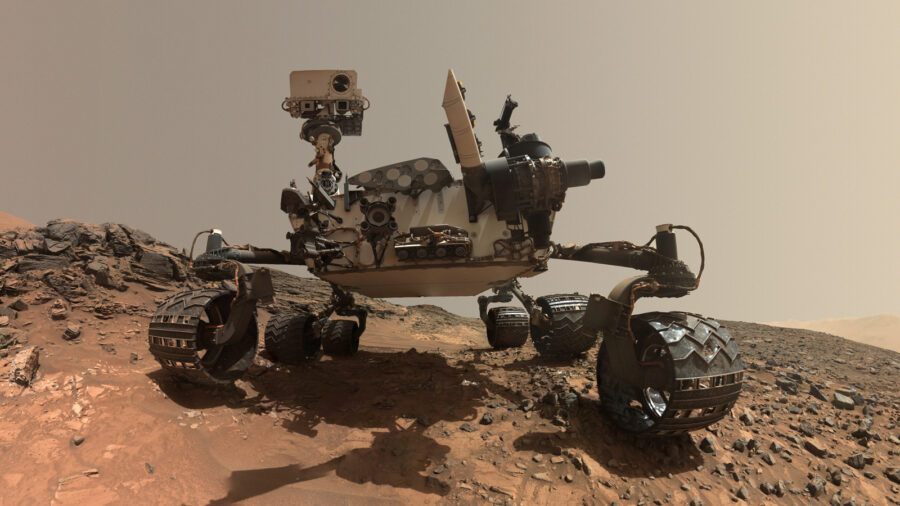
Curiosity is equipped with many instruments to help in its mission. It has 17 cameras it can use to send amazing hi-res pictures back for scientists to study. It has a radiation detector, a dust removal tool and a 7-foot robotic arm to gather samples with among the many tools the Curiosity carries.
WHAT IS CURIOSITY’S MISSION?
When NASA began Mars Science Laboratory and sent the Curiosity Rover to the Red Planet it had four basic goals. They wanted to determine if life was ever-present on Mars. They wanted to characterize both the climate and geology of Mars. And they wanted to prepare for a manned mission to Mars. To meet these overall science goals, the mission was broken down into 8 smaller, main scientific goals ranging from geology to biology to planetary processes.
HAS CURIOSITY FOUND ANYTHING?
With its goals firmly set, the Curiosity rover landed on the desolate and dry planet and began to work. The exploration started inside the Gale Crater with one of its first tasks; assess the planet’s environmental conditions and determine whether human life could survive on it.
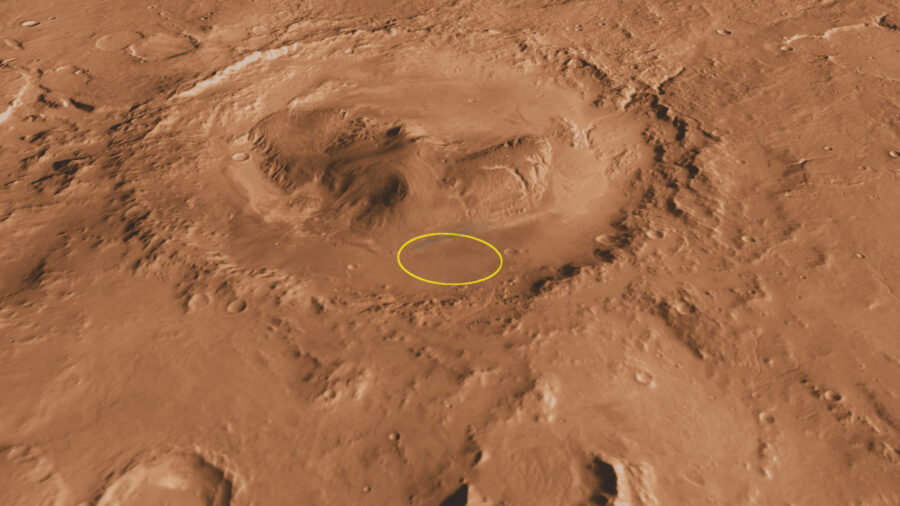
A major concern in determining whether human life could exist on Mars was radiation. Curiosity was able to help scientists understand the hazards and potential dangers to microbes from Mars-directed solar eruptions. Again, though, Curiosity was able to give scientists great news. It showed that the radiation levels on the Red Planet are comparable to what astronauts experience aboard the International Space Station. This confirmed that astronauts can endure long-term trips to Mars.
A mere seven weeks after touchdown, the Curiosity rover sent picture proof of an ancient streambed where water flowed knee-deep for thousands of years. The importance of this is that the discovery suggests that at least some parts of the Red Planet may have been habitable a long time ago. Their reasoning; life on Earth thrives wherever water is present.
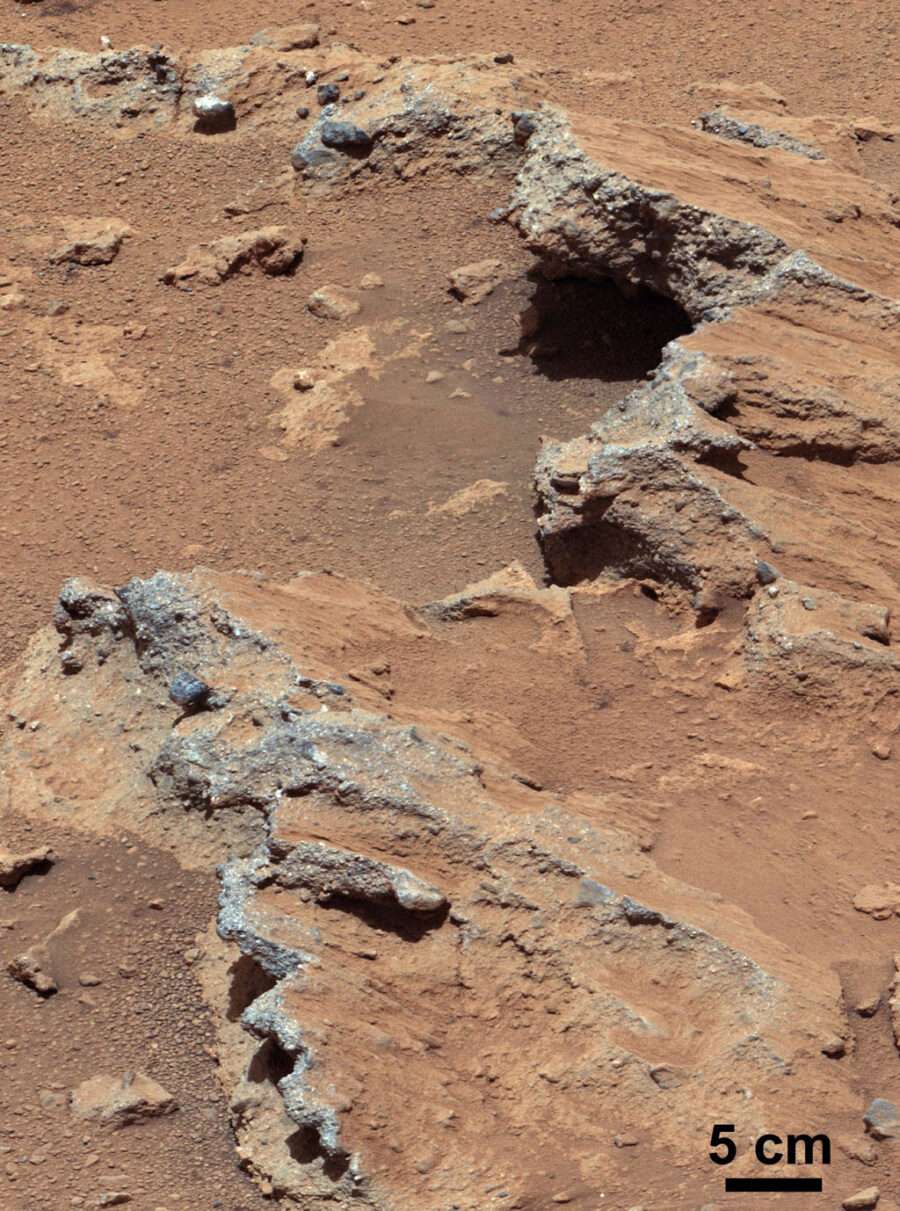
Curiosity’s findings were amazing. Scientists were able to confirm this but also found that Mars had a mix of oxygen, sulfur, nitrogen, and carbon, exactly the stuff in which microbes could thrive. This led Curiosity chief scientist John Grotzinger to say, “We have found a habitable environment that is so benign and supportive of life that probably — if this water was around and you had been on the planet, you would have been able to drink it.”
NASA was so excited for these findings that what once was merely a mission to be terminated after two years, got an indefinite extension for as long as the Curiosity rover is able to survive.
When Curiosity began drilling into Martian rock, scientists at NASA had a feeling that the rocks would show the presence of clay minerals. Curiosity confirmed that feeling. By drilling into rock samples, it was discovered that clay, indeed, was present.
OF RECENT NOTE
Teal Ridge is a large outcrop inside Gale Crater. Curiosity was able to climb up on this and present the world with a 360-degree panorama view. What’s important about this view was the wavy layers seen in the soil. The thought here is that wind or flowing water or both could have shaped it, meaning the lake they thought occupied this area wasn’t static.
Strathdon. The Mars Hand Lens Imager, one of the many cameras employed by the Curiosity rover, was able to capture this rock formation. Strathdon is comprised of dozens of hardened and brittle sediment layers which is important as it and Teal Ridge both show the changing landscape as well as the evolution of an ancient Mars lake environment.

To further solidify the notion of water on the planet, Curiosity has recently collected more soil samples that have turned up a diverse range of salts not seen in any other collections of Mars rocks. Scientists now believe these sulfates are left over from evaporated water. This would indicate the existence of salty pools which could have held tiny life forms.
If there is one thing Curiosity has shown the world it is the existence of rock. But the more curious of these finds was introduced recently when the Curiosity rover rolled up on a collection of rounded pebbles that look like rounded peas. The comical thing about this finding was it was first thought, by a UFO enthusiast, that the pebble found was a cannonball.
THE NEXT MARS ROVER: NOW WITH A LASER!
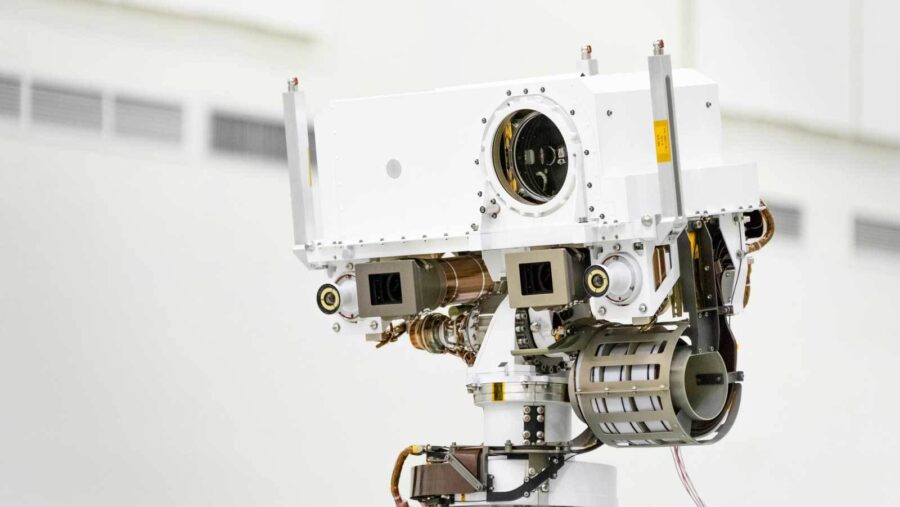
As much as the scientists at NASA would like to continue to ride the horse they call Curiosity, they know that at any point, the Curiosity rover may end up like the previous rovers on the Red Planet: Opportunity and Spirit. Both of these rovers are no longer functioning and are stranded on the planet.
So, with this in mind, 2021 will see Curiosity receiving a working partner in the name of Mars 2020 Rover. With a launch window scheduled between July 17 and August 5, 2020, NASA will attempt to send another rover to Mars with a landing date of February 18, 2021. Its mission is going to be a familiar one. To seek signs of life. To look further and closer for what could have lived on the desolate planet. To study Mars’ habitability and yes, to prepare for future human missions.
As part of that mission, the Mars 2020 rover will be armed with a laser. That’s right, a laser. But they aren’t planning to shoot it out with a bunch of martians. And the laser isn’t there for purely defensive purposes. Instead, they plan to have the Mars 2020 rover using it to do science.
The laser is part of the Mars 2020 Rover’s SuperCam instrument for analyzing the only thing anyone ever actually finds on Mars: Minerals and rocks. They’ll shoot the laser at rocks 20 feet away, vaporizing the rocks. The resulting particles which explode from the rocks will then be analyzed to look for interesting elements in the Martian surface.
See the laser in action below…
It’s worth noting with a range of 20 meters, should some unexpected aliens show up, it seems NASA’s next rover will be able to defend itself.
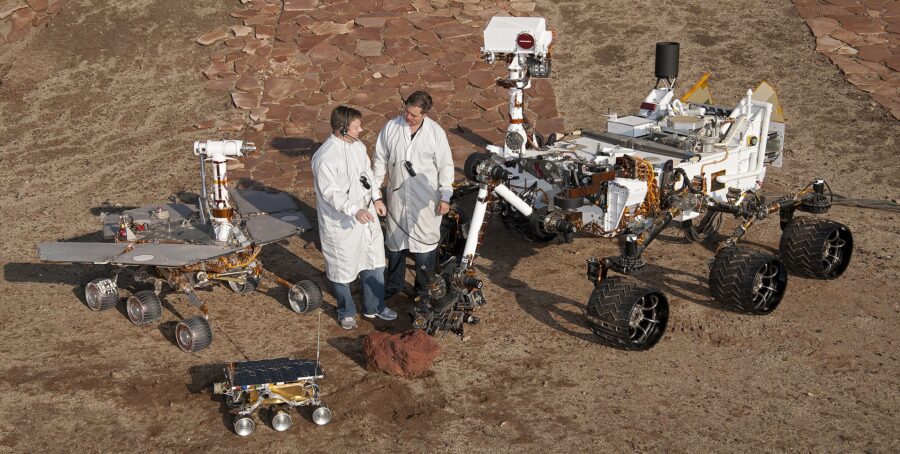
And while the Mars 2020 Rover slowly makes its way to the distant planet, the Curiosity rover will continue on, sharing the Red Planet with the world on its continuing quest to find signs of life.












